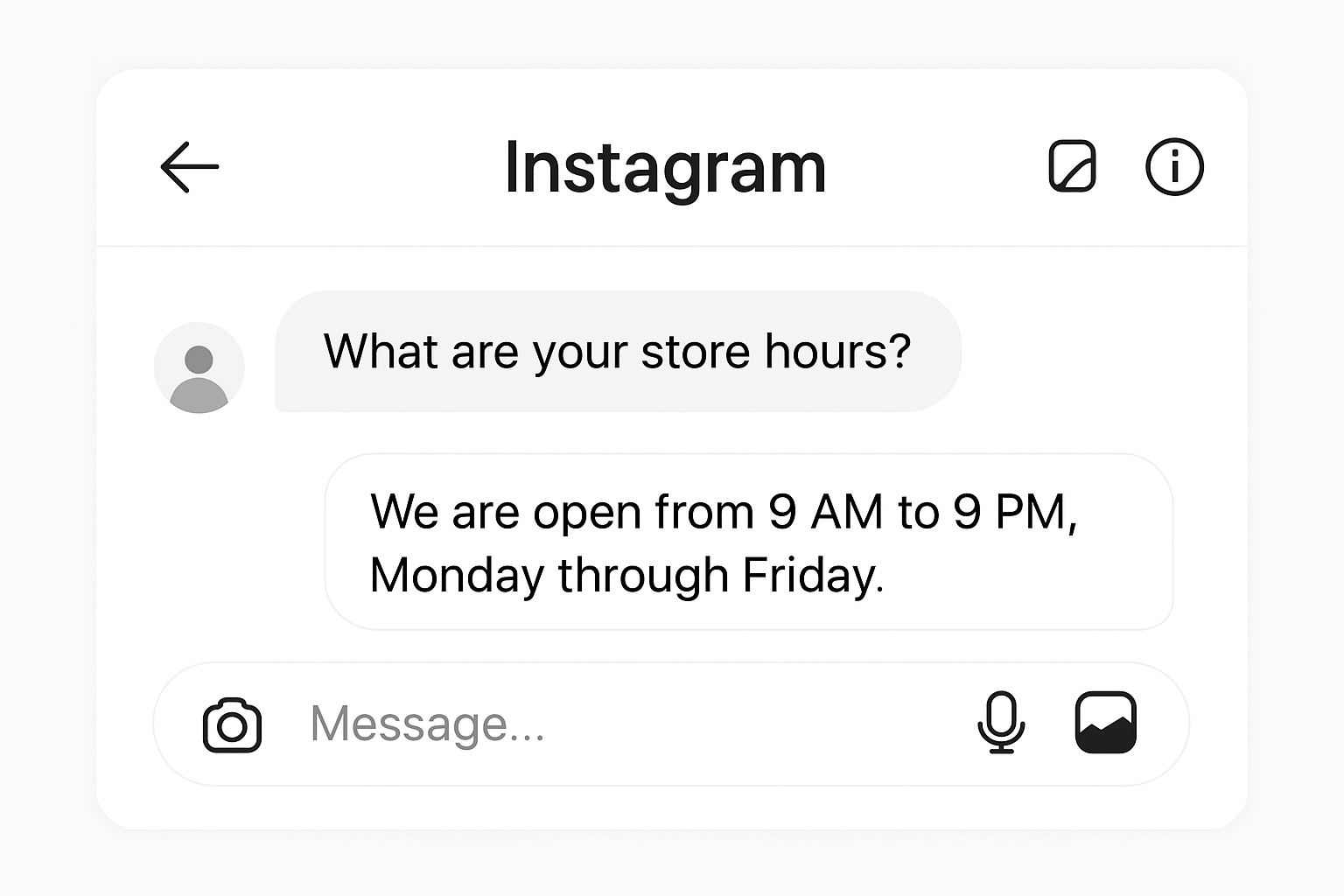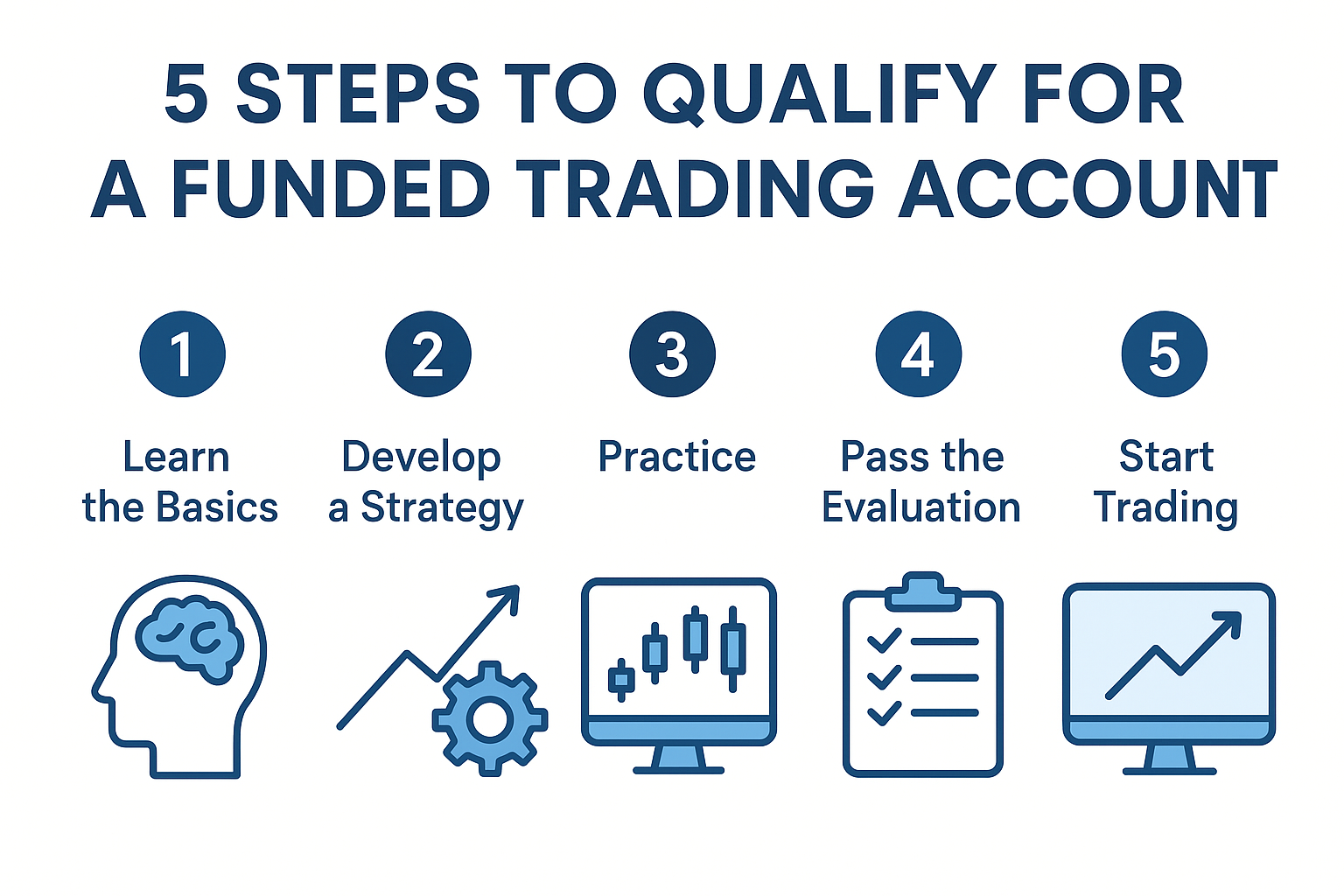What is Security Content Automation Protocol (SCAP) in Cybersecurity?
- 1 About SCAP
- 1.1 SCAP content
- 1.2 SCAP Tools
- 2 Benefits of SCAP
- 2.1 Assist in compliance
- 2.2 Minimizing human errors
- 2.3 Enhances security for organizations
- 2.4 Cost reduction
- 2.5 Boost efficiency
- 3 Core Components of SCAP
- 3.1 XCCDF (Extensible Configuration Checklist Description Format)
- 3.2 OVAL (Open Vulnerability and Assessment Language)
- 3.3 CPE (Common Platform Enumeration)
- 3.4 CVE (Common Vulnerabilities and Exposures)
- 3.5 CCE (Common Configuration Enumeration)
- 4 Common SCAP tools
- 4.1 OpenSCAP
- 4.2 Tenable Nessus
- 4.3 Greenbone OpenVAS
- 5 Conclusion
In today’s corporate environment, a single cyberattack can severely harm a company’s reputation. Therefore, proper implementation of SCAP cybersecurity provides value to the company. It simplifies the process of adhering to legal requirements and identifying threats.
According to a Statista report, Cybercrime will nearly cost the U.S. over $452 billion in 2024.
This asks for enhanced security to prevent cyber attacks. SCAP helps organizations monitor vulnerabilities and show compliance with security policies. This article explains the Security Content Automation Protocol and how it helps companies strengthen their cybersecurity posture.
About SCAP
SCAP is a set of rules and guidelines for organizing and measuring security information. It helps find configuration errors by providing companies with a checklist to boost their cybersecurity. It allows security software to communicate about security issues and policies.
It is built on two fundamental pillars.
- SCAP content
- SCAP Toolbox
SCAP content
It encompasses community-agreed specifications that standardize security policies and configurations. SCAP content refers to data and policies that adhere to SCAP standards.
SCAP Tools
These are readily available vulnerability scanners. These tools are essential for identifying and rectifying security breaches. SCAP tools enable automated assessments and make it easier for the organization to maintain compliance.
Benefits of SCAP

Here are some of the benefits of SCAP cybersecurity.
Assist in compliance
SCAP helps organizations adhere to various policies, laws, and regulations. It ensures compliance with constantly changing requirements through standardized compliance checks.
SCAP cybersecurity helps address cybersecurity requirements for organizations. It identifies deficiencies and offers recommendations. This not only increases compliance but also saves time.
Minimizing human errors
As SCAP provides detailed automated to-do lists for network security, it reduces the probability of human errors. Other than this, it also increases cybersecurity knowledge by providing identity for security knowledge.
This common framework allows global collaboration on threat resolution and the adoption of standard guidelines. It ultimately strengthens the ability to secure digital assets without any human errors.
Enhances security for organizations
SCAP lowers the chance of data cyber attacks and data breaches. It protects sensitive information and maintains the business’s reputation. Adopting it provides standardized checklists for boosting security systems.
The customizable checklists provided by SCAP are based on extensive research. Thus, they enhance the business’s security framework and improve overall system quality.
Cost reduction
SCAP helps organizations reduce manual labor costs by automating security evaluations and management of complex tasks. It cut costs by reducing the reliance on manual processes.
Automation allows organizations to upgrade their security operations without an increase in labor costs.
Boost efficiency
By streamlining security processes, SCAP makes organizational management more efficient and less time-consuming. It also automates the evaluation and management of vulnerabilities.
Automated systems can perform tasks faster and more accurately than manual methods. Thereby, it reduces the time and resources needed for security management.
Core Components of SCAP
Here are some SCAP cybersecurity specifications, including XCCDF, OVAL, CPE, CVE, and CCE. These SCAP components automate security-related tasks.
XCCDF (Extensible Configuration Checklist Description Format)
XCCDF is a language designed especially for writing security benchmarks. It works as a basic language in SCAP to write security-related documents and other checklists.
It facilitates collaboration among stakeholders by enhancing the manageability of audits and security assessments. It helps organizations ensure compliance management by dealing with updated policies.
OVAL (Open Vulnerability and Assessment Language)
It is a community-driven framework that provides standard rules on how machines’ security states will be assessed and reported. By using XML, it creates definitions that check the vulnerability configurations, and DMARC compliance status.
OVAL provides insights into software inventory. Therefore, it helps organizations maintain an accurate record of installed applications and email security status.
CPE (Common Platform Enumeration)
CPE standardizes the identification and description of systems or their classes, including applications, hardware devices, and operating systems.
CPE uses a structure built on the CPE Stack. CPE Stack is a layered model that details a system’s capabilities and simplifies the categorization processes.
CVE (Common Vulnerabilities and Exposures)
CVE is the comprehensive reference dictionary for publicly known security vulnerabilities. It helps standardize identified vulnerabilities.
Thereby, it publicizes consistent terminologies across various platforms. CVE enhances interoperability between various email security tools and others to share information about vulnerabilities.
CCE (Common Configuration Enumeration)
It is a detailed list of identifies for both common and uncommon system configuration issues. It facilitates quick retrieval of configuration information.
Its latest version, updated in 2021, provides a configuration baseline for systems. It provides a standardized reference to various systems to effectively manage and assess configuration settings.
Common SCAP tools
SCAP tools help in reporting, configuration management, and vulnerability assessment. These tools use the XCCDF component to create security policies and checklists for the management of IT infrastructure security.
Here are some of the most common SCAP tools and their benefits.
OpenSCAP
It is an open-source SCAP tool that standardizes security compliance. It automates security assessment using SCAP standards and rules. Hence, it enables users to scan for vulnerabilities and verify configuration settings while generating security reports through command-line utilities.
It uses XCCDF to define security policies and checklists. And supports OVAL in scanning for threats like DNS spoofing by generating detailed security risk reports.
Tenable Nessus
Tenable Nessus is also a SCAP-powered tool for vulnerability management. It offers continuous monitoring and assessment capabilities. This works as a set of tools by providing Nessus Cloud, Nessus Professional, Nessus Manager, and Nessus Home.
It uses plug-ins for the detection of new security threats and regularly updates its features for enhanced protection. The Nessus interface allows administrators to create security policies and run custom reports.
Greenbone OpenVAS
OpenVAS, powered by Greenbone Networks, is also an open-source threat scanner with detailed features for enhanced protection. It supports authenticated and unauthenticated testing with various protocols.
It includes a programming language for the implementation of diverse vulnerability tests. For detection purposes, it uses SCAP-compliant sources, including CVE, CVSS, and OVAL.
Conclusion
SCAP is an important tool for the enhancement of overall security and maintaining compliance with updating rules and regulations. It helps safeguard users and sensitive data, like the DMARC protocol. SCAP’s role in the maintenance of a healthy security posture is not overstated.
Organizations are strongly advised to adopt SCAP cybersecurity to meet regulatory requirements. Implementing it automates security, compliance, and auditing processes.

















